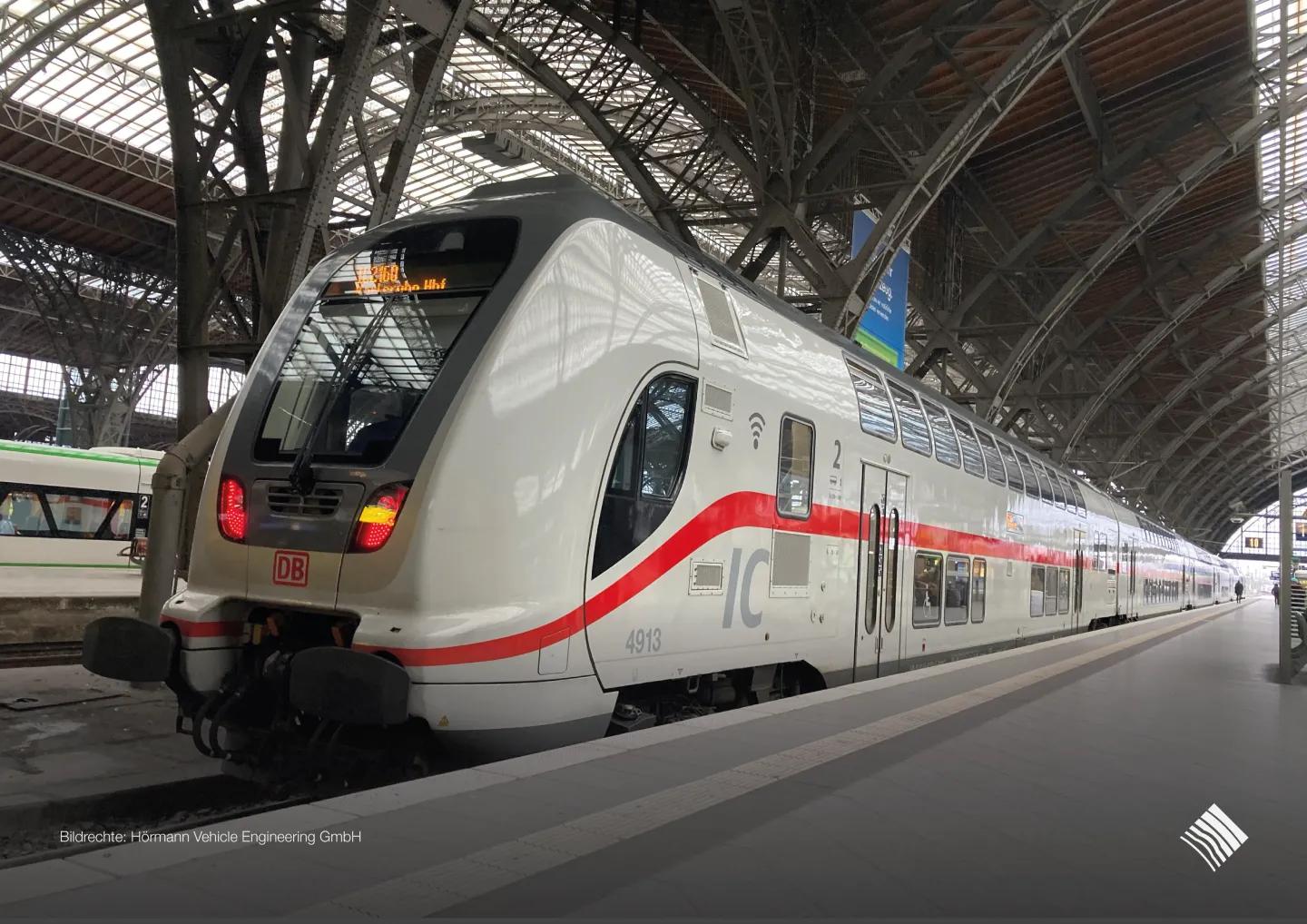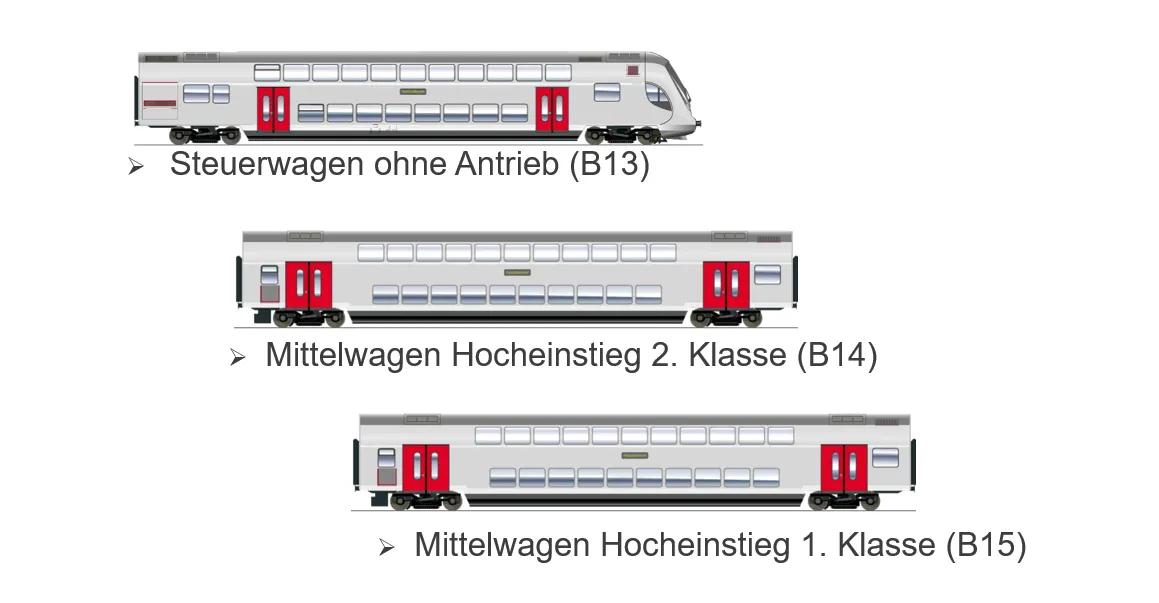Double-decker trains developed by us have been in service for 10 years: the history of the Intercity 2
In 2010, Bombardier awarded us the contract to develop various carriages for the double-decker train, now known as the Twindexx Vario. This project represented a significant milestone for our company, as we were responsible for the majority of the mechanical development. As part of a framework agreement concluded between Bombardier Transportation and Deutsche Bahn in 2008, which provided for the delivery of 800 double-decker coaches with a total volume of up to 1.5 billion euros, we developed the B13 (non-powered driving trailer with low entry, 2nd class) and the B14 (high-entry, 2nd class) and B15 (high-entry, 1st class) middle coaches, among others.
The Görlitz region has a long tradition of developing double-decker trains. Our engineering team already had extensive expertise in this area and had a long-standing exchange with development partners in Görlitz. This close cooperation enabled us to draw on proven concepts and develop them further with innovative solutions.
One of the biggest challenges was designing the tight layout for the components and accommodating the numerous seats on the two floors. Particularly noteworthy is the curved staircase, which is not only visually appealing, but also serves as a central location for accommodating many components and cables. In addition to the space-related challenges, numerous changes to DIN, EN and ISO standards had to be taken into account during the project. As a result, the vehicle had to be redesigned from scratch - even though a reference vehicle was originally intended to serve as the basis. The complete redesign of many aspects required the utmost precision and technical expertise.
In 2013, the first Twindexx Vario vehicle was presented at InnoTrans. Today, these trains are an integral part of German rail transport and are used by both DB Regio and DB Fernverkehr. With a top speed of 160 km/h, a high number of seats and their reliable technology, they make a significant contribution to the efficiency and capacity of the rail network.
This project was not only a technical challenge, but also an opportunity to demonstrate our expertise and commitment to innovative solutions. Our 110-strong team of engineers mastered the complex requirements with flying colours and made a significant contribution to the successful implementation of this modern vehicle.
Most notable for this project are: Dr. Vogel, Ulrich Meixner, Rene Blaschko, Harald Schulze, Wolfgang Millius, Frank Salzwedel, Marcel Gruhle, Cornelia Rossberg, Matthias Karras, Norbert Hahmann and many more.


